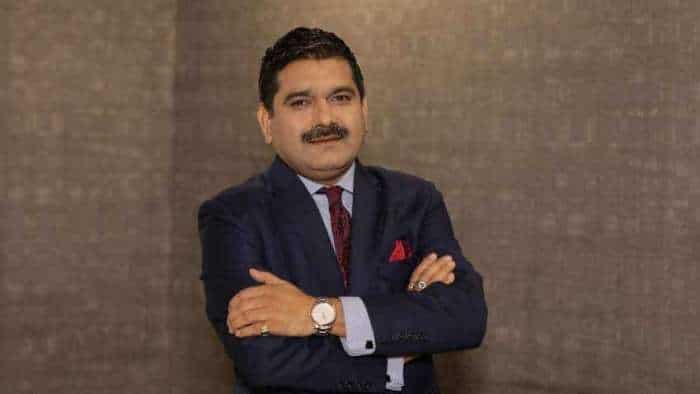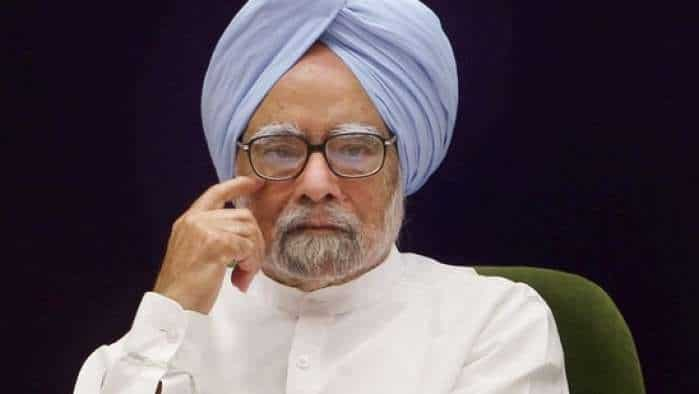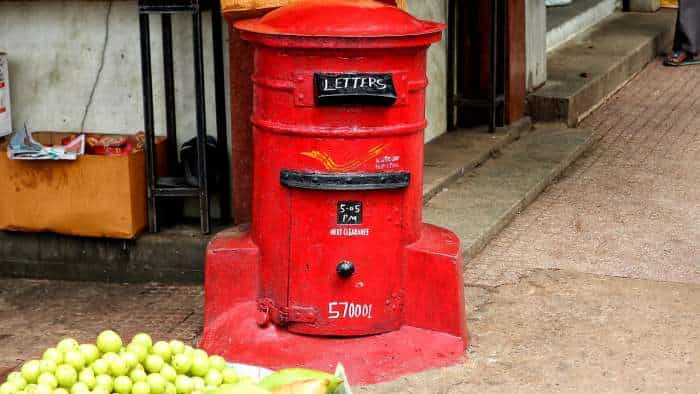How to build an emergency/ contingency fund and protect one’s finances?
For meeting life's unexpected financial uncertainties, start by building emergency fund even with small amounts as every little bit adds up and even small contributions make a difference.
)
Life is a rollercoaster ride, and financial emergencies can strike when least expected. Whether it’s a sudden job loss, a medical crisis, or an urgent home repair, these events can cause significant financial strain. An emergency fund provides a safety net during unexpected situations. By building an emergency fund and taking proactive steps to protect your finances, you can navigate these challenges with greater confidence and security. It also provides peace of mind, knowing you have funds set aside for emergencies.
Steps to building an emergency fund
Abhishek Dev, Co-Founder and CEO, Epsilon Money Mart said the first step is to track your expenses, because while your income can take a toll, expenses are recurring in nature, therefore, having a budget will not only help you know your expenses but also how much you should save.
What should be the emergency fund size?
While generally experts recommend having 6 months’ worth of expenses ready in your savings account, we believe for an individual at the peak of their careers, keeping a year’s expense should do good, Dev added.
How can new income earners build an emergency fund?
It is also generally a misconception among new investors that they don’t have much to start with. Every little bit adds up, so even small contributions can make a difference. Dev suggested that newbies, who find it hard to resist the urge to spend, can consider opening a separate bank account specifically for their emergency fund. There are a few banks which offer higher interest rates in savings bank accounts. Investors can compare the interest rates, fees, and terms to maximize savings. Investing in Liquid Mutual Funds can also be tapped. Not only do they offer better returns than traditional savings accounts but also provide easy liquidity and low risk.
Investors must review their emergency funds regularly and adjust as per their living standards. Beyond building an emergency fund, adopt strategies to safeguard your financial health. Ensure you have adequate insurance coverage, including health, auto, home, and life insurance, to mitigate the financial impact of unexpected events.
To summarize, investors should look at majorly two things while building an emergency corpus: easy availability and low risk.
Get Latest Business News, Stock Market Updates and Videos; Check your tax outgo through Income Tax Calculator and save money through our Personal Finance coverage. Check Business Breaking News Live on Zee Business Twitter and Facebook. Subscribe on YouTube.
05:10 PM IST











 What are the building blocks of personal financial audit?
What are the building blocks of personal financial audit? Guide to building an emergency fund: Why it is needed, where should you invest?
Guide to building an emergency fund: Why it is needed, where should you invest? Financial planning: 5 money habits to begin from first paycheck
Financial planning: 5 money habits to begin from first paycheck Job Cuts: Prepare for the worst with an Emergency Fund
Job Cuts: Prepare for the worst with an Emergency Fund Got an appraisal already? Use that extra income to secure your future
Got an appraisal already? Use that extra income to secure your future